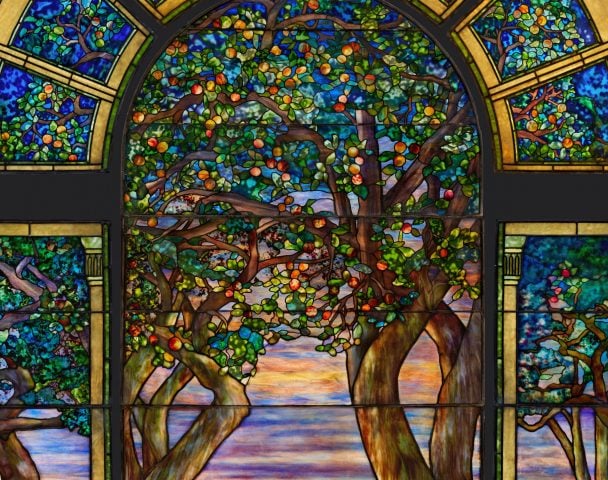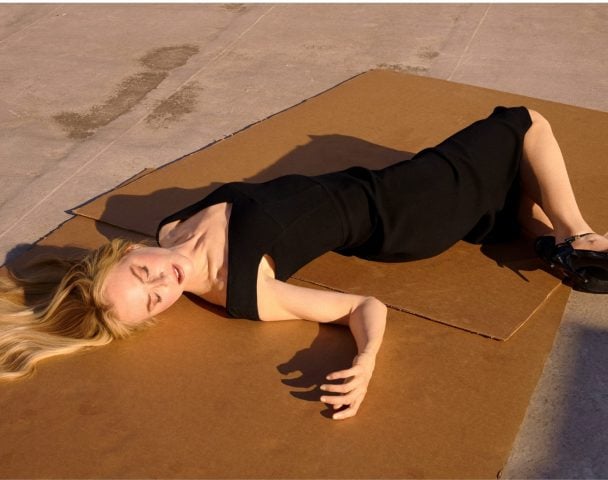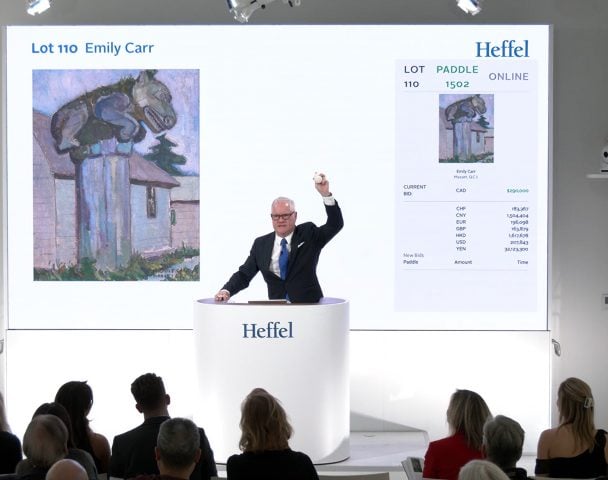Art World
Art Bites: Millais’s Muse Fell Ill After Posing for ‘Ophelia’
Elizabeth Siddal posed for the painting in a bathtub that was poorly warmed.
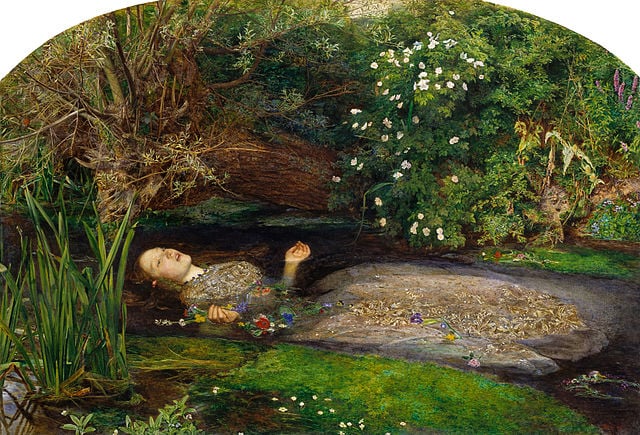
What’s the deal with Leonardo’s harpsichord-viola? Why were Impressionists obsessed with the color purple? Art Bites brings you a surprising fact, lesser-known anecdote, or curious event from art history. These delightful nuggets shed light on the lives of famed artists and decode their practices, while adding new layers of intrigue to celebrated masterpieces.
Beauty is pain. Elizabeth Siddal, one of art history’s most famous muses, had intimate experience with this adage. Siddal first met artist Walter Deverell in 1849, the year she turned 20, while working for a London milliner and soon became a favored model of the Pre-Raphaelite Brotherhood artists. She was featured in William Holman Hunt’s A Converted British Family Sheltering a Christian Missionary from the Persecution of the Druids (1849–50) and most famously in John Everett Millais’s Ophelia (1851–52). It was during her contribution to the latter painting, that she fell ill.
Beauty was a matter of pain for Millais, too. In a rare move for artists of the era, he spent five months painting scenery for Ophelia in a hut along Surrey’s Hogsmill River. “My martyrdom is more trying than any I have hitherto experienced,” Millais remarked, describing “muscular” flies and powerful winds. “The painting of a picture under such circumstances would be a greater punishment to a murderer than hanging.”
The Tate notes that Millais devoted only four months to portraying Ophelia herself. Siddal agreed to stand in for the doomed beauty. She spent long hours in a bathtub at the artist’s Gower Street studio, wearing a cheap gown Millais acquired. “Today I have purchased a really splendid lady’s ancient dress—all flowered over in silver embroidery,” he wrote. “It cost me, old and dirty as it is, four pounds.” The dress is still in the Tate.
Millais arranged oil lamps beneath Siddall’s tub to keep her bathwater warm. One of those lamps went out. Millais didn’t notice, and Siddal didn’t complain—by then she knew that beauty means pain. The water grew so frigid that Siddall fell ill with pneumonia. Siddall’s father ordered Millais to cover her extensive medical bills. The artist allegedly made off paying the least possible amount.
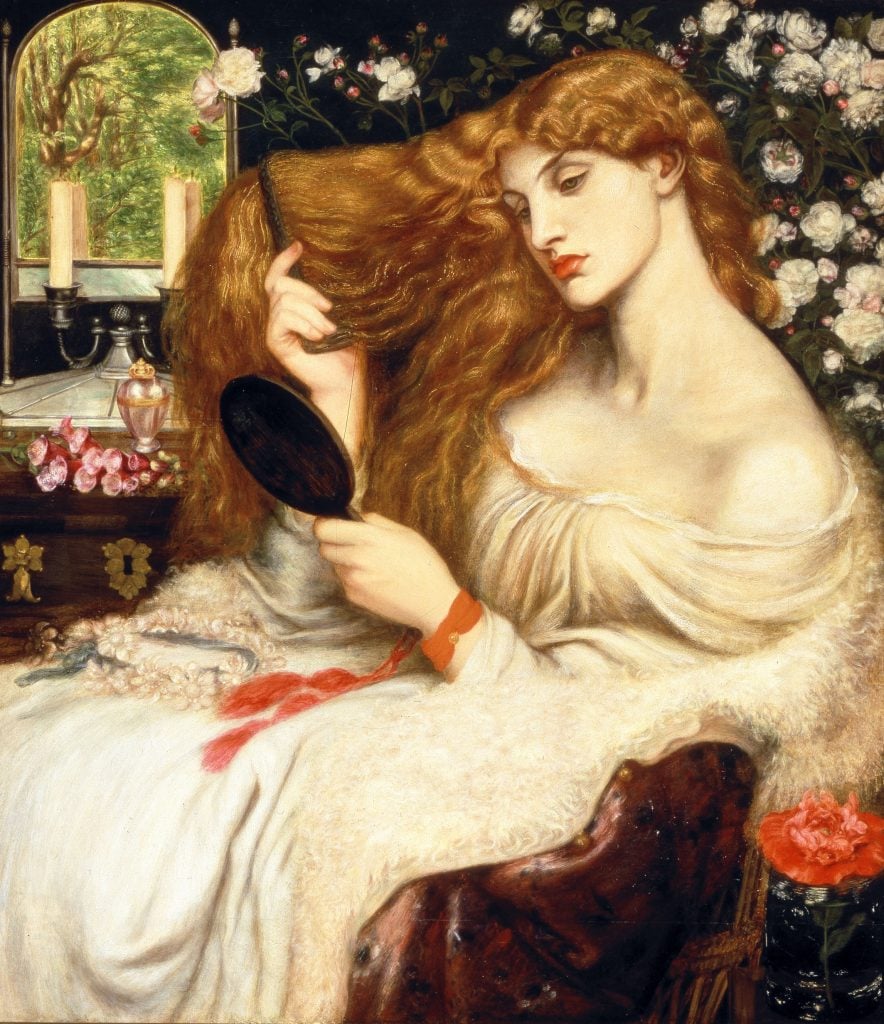
Siddal in Dante Gabriel Rossetti’s Lady Lilith (1866–68; 1872–73). Collection of the Delaware Art Museum.
Siddal made a full recovery from her Ophelia-induced illness, but the bout proved foreshadowing. Siddall likely met Pre-Raphaelite Brotherhood painter Dante Gabriel Rossetti while they both sat for Deverell’s massive oil painting Twelfth Night, Act II, Scene IV (1850). Siddall fell for Rossetti, who made her his sole model. In 1853, Rossetti took Siddall on as an art student. He taught her to draw, and advised her to drop the last letter from her surname. By 1857, Siddal became one of the only women to exhibit alongside the Pre-Raphaelites. Over the next 15 years, she produced numerous drawings, paintings, and poems, often inspired by Lord Tennyson, her favorite poet since discovering his verses on a butter wrapping as a kid.
As time wore on, Siddal grew fearful that her philandering beau would abandon her for a younger muse. While Rossetti resisted their marriage due to Siddal’s working class background, the two wed in 1860. It wasn’t enough to stave off her consumptive melancholy. Siddal died from a laudanum overdose, a rumored suicide, in 1862—decades before 1894, when Ophelia was included the original Henry Tate gift. It’s one of the museum’s most popular paintings today, due in no small part to Siddal’s sublime beauty, the pain it brought her.



